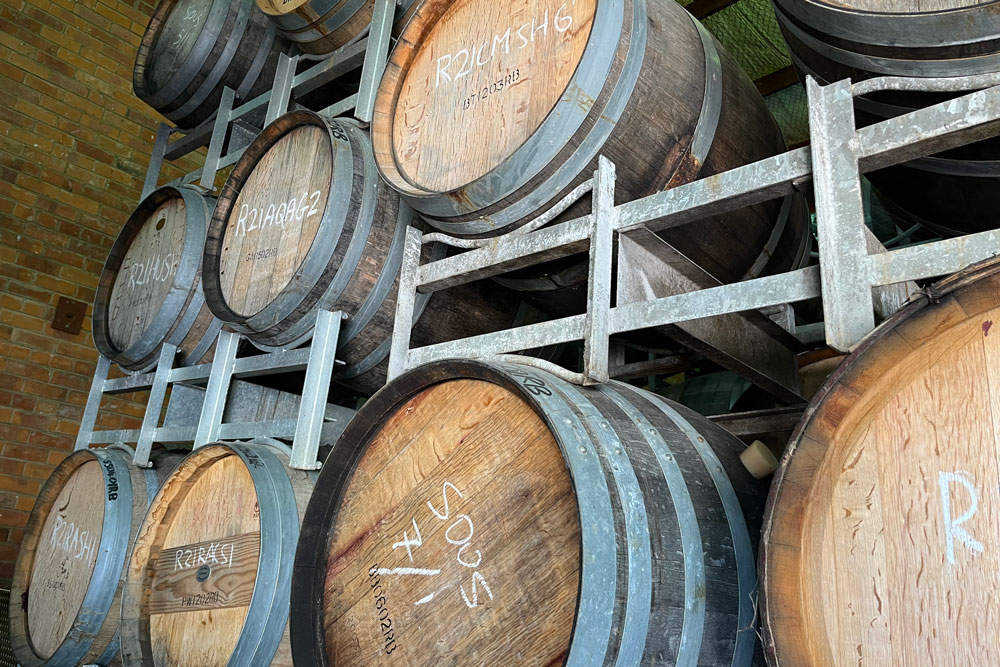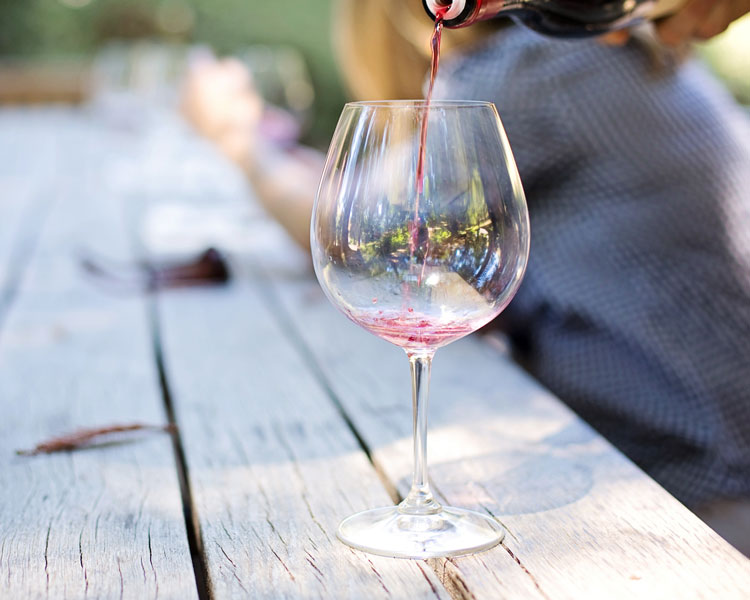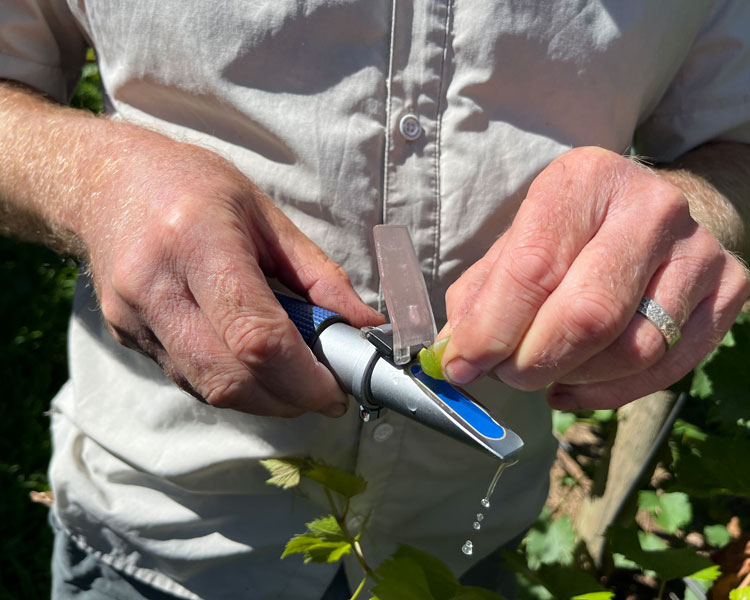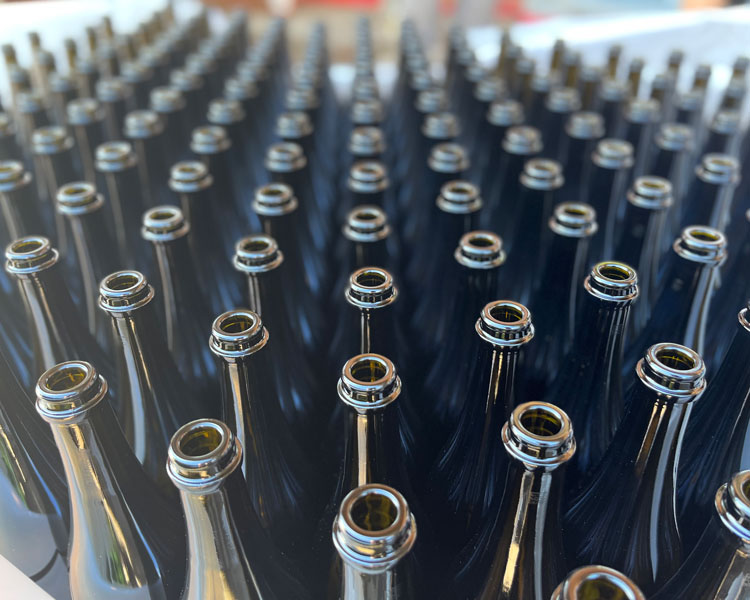What are Sulphites and Why are They in My Wine?
Depending on who you talk to, sulphites in wine can get a bad reputation – particularly with the current emergence of low and no sulphite wines. But whilst there is a bit of present hype, it’s not as bad as it might seem. Sulphites are naturally occurring minerals that have a long history of use in food and wine production. Also known as preservative 220 or 228, sulphites are widely used in these industries for its preservative and antioxidant properties, playing a part in inhibiting spoilage caused by microbes and prevent browning (or oxidation).
Are Sulphites Harmful to Your Health?
While the chatter suggests some negative effects of sulphur on health, in reality a tiny percentage of the population is sensitive to sulphites. Adverse reactions are more likely to be an intolerance rather than an allergic reaction. Importantly, the FSANZ have thoroughly investigated the safety of sulphites and it has been concluded that for most people, sulphites are perfectly safe.
Are Billy Button Wines Sulphite Free?
Sulphites are an extremely common additive in winemaking due to its antioxidant and antimicrobial functions. It is an additive that is carefully controlled to ensure effective performance without negative sensory impact, and we utilise it in our winemaking practices.
Additionally, naturally occurring sulphites are present in wine, therefore even when a conscious decision is made to not to add additional sulphites to wine during winemaking, all wines will still contain some sulphites because it is naturally produced by yeast. Fermentation can garner between 10 and 20mg/L of naturally occurring SO2. For this reason, even most “low sulphite” wine on the market often has levels above 20mg/L of sulphur dioxide.
We do make some wines that are lower in sulphites including our ‘Zero Dosage’, ‘Col Fondo’ and ‘Ancestrale’ Proseccos.

How Many Sulphites Does Wine Contain?
The legal limit in Australia for table wines and sparkling wines, or wine containing less than 35g/L residual sugar , is 250mg/kg of sulphur dioxide. All of Billy Button’s wine falls into this category. Our white wine sits at approximately 100 – 110mg/L, with our red wines at approximately 90 – 100 mg/L.
The figures above are relevant to total sulphites in wine. It is worth noting that most sulphites in wine are bound – meaning that is has done its job and is bound to microbes and oxides, it is non-reactive. It is the free sulphites (which is present in much smaller quantities) that are the active fraction that may cause a reaction.
In Australia, wines labelled as both organic and biodynamic also have an allowance for the addition of sulphites of around half that allowed within non-organic wines.
How Many Sulphites are in Other Beverage and Food Products?
To put things in perspective, Food Standards Australia advise packaged fruit and vegetables that are peeled and cut can have up to 200mg/kg of sulphites, with biscuits, cakes and pastries sitting at 300mg/kg, and dried fruits and Vegetables at 3000mg/kg.
From a comparative stance, a glass of Billy Button white wine contains approximately 16mg/kg of sulphites, or roughly the same amount as one dried apricot! If a can of cola is your thing, expect about 350mg/kg.
Does Sulphites Cause Hangovers?
Sadly, the main culprit of your hangover is the effect of ethanol, which works on the body like a diuretic, causing dehydration.
If you’re reacting purely to red wine, it’s likely you are reacting to the higher level of histamines than in white wine (it’s also worth noting that white wine usually contains more sulphites than red wine).
All alcoholic beverages can be problematic If you have a histamine intolerance, as alcohol causes the enzymes in your body that process histamines, to be less effective.
Want to know more about what’s in your wine? Read on:
- How Much Sugar is in Wine?
- What is Considered Low Alcohol Wine?
- What Do We Mean By Additives in Wine?
*March 2021, OIV Collective Expertise Document So2 And Wine: A Review




